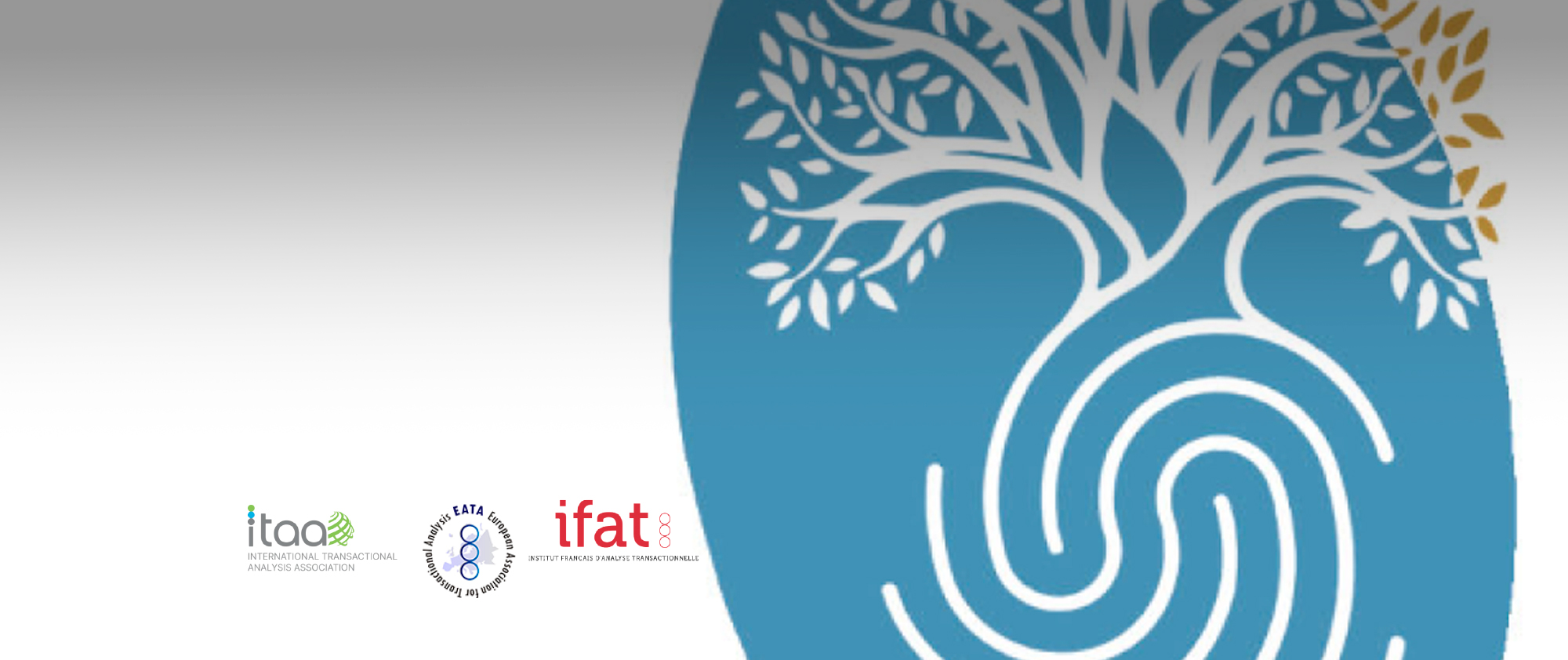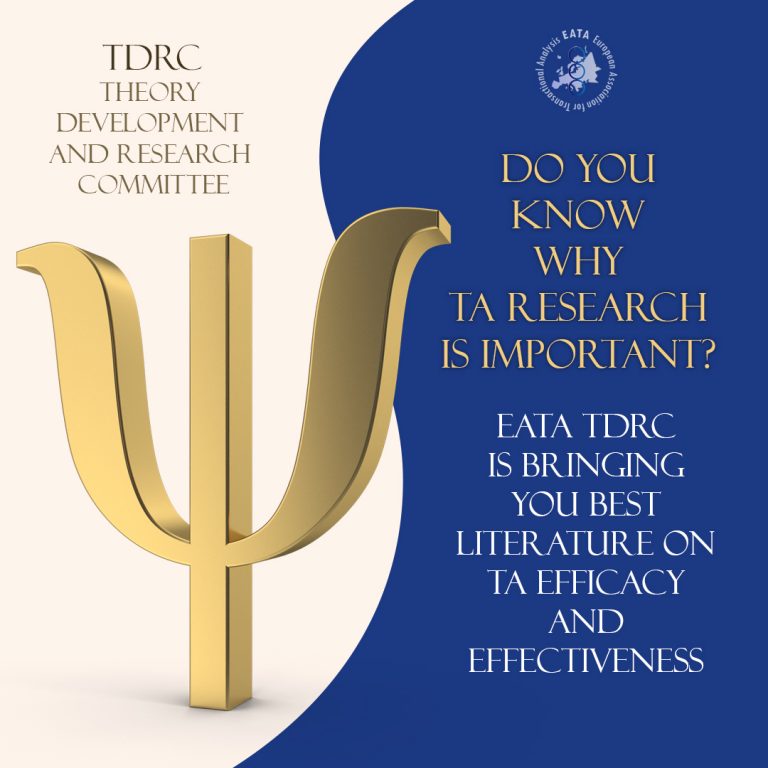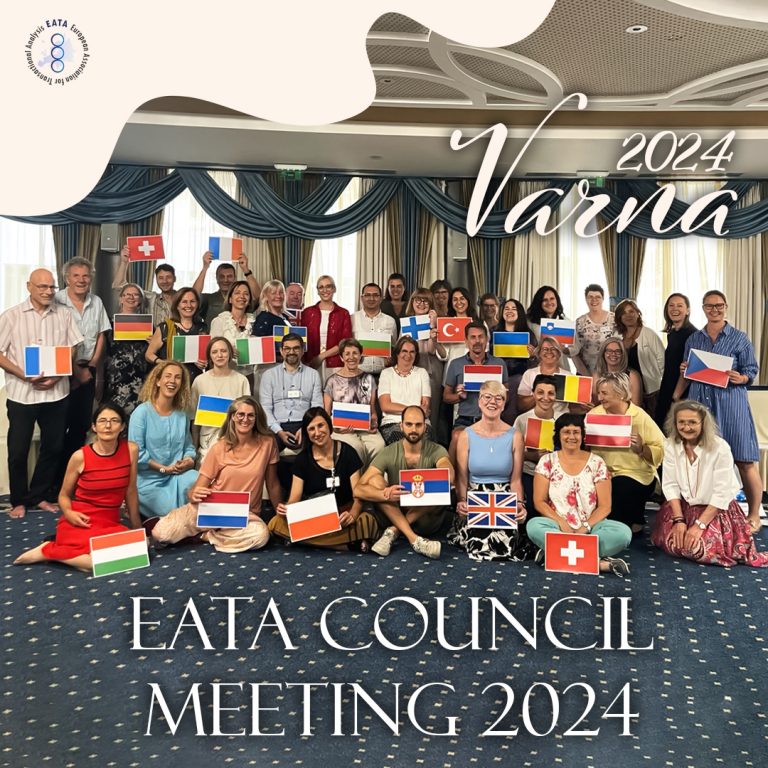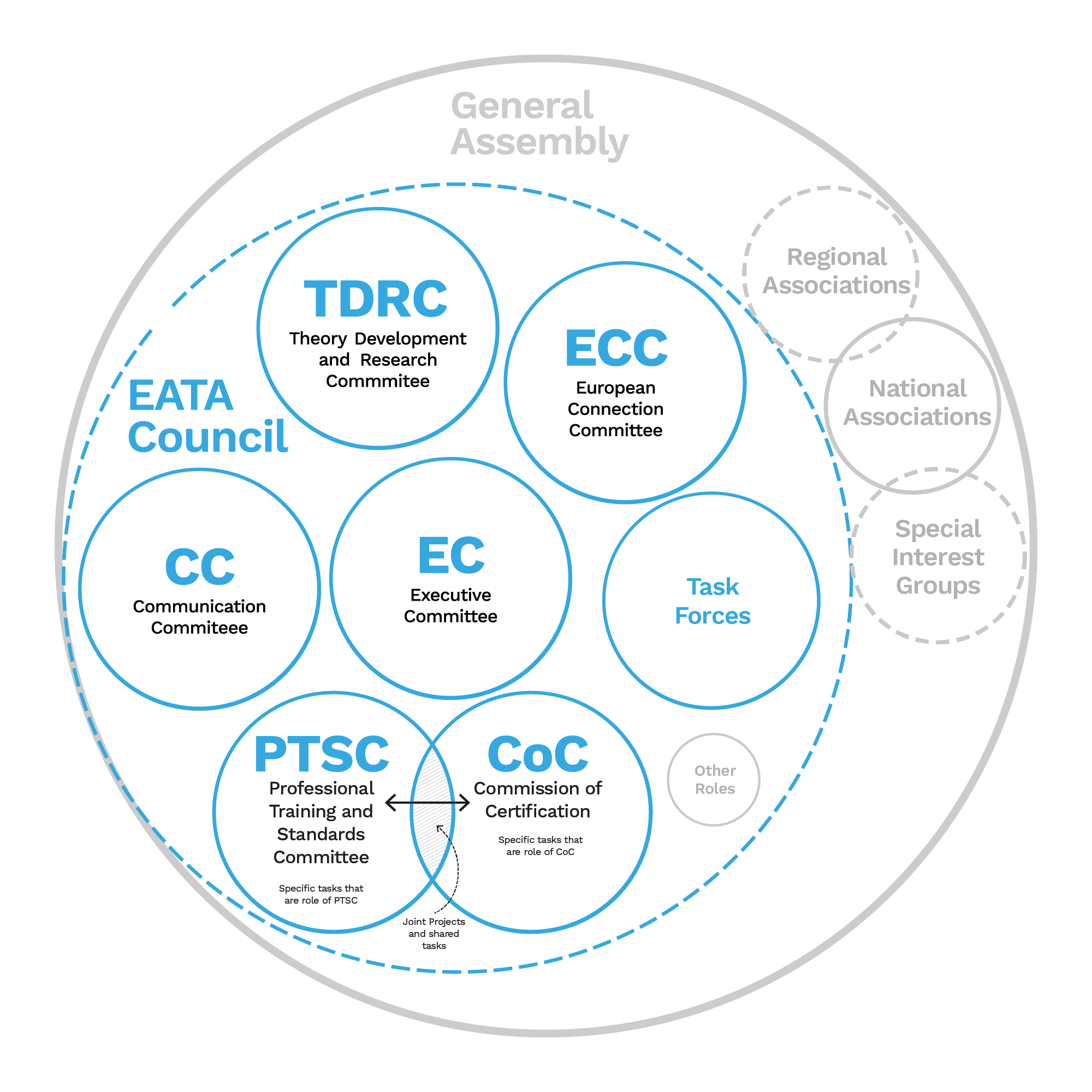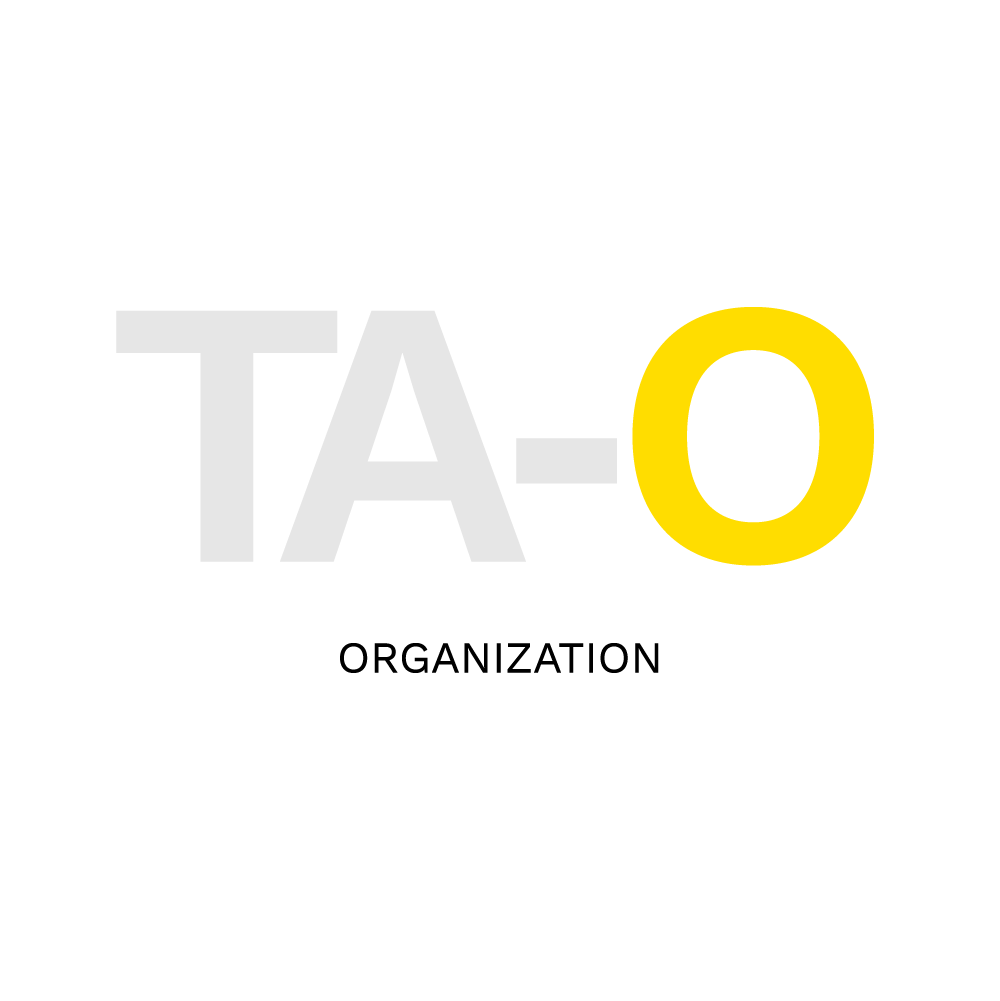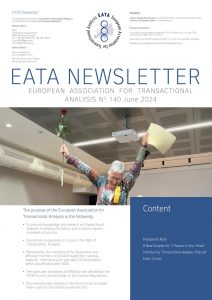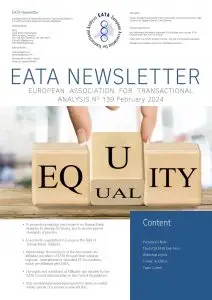quick links
(Filter your search)
about eata
eata purpose
In our mission statement, we say (among other things): The purpose of the European Association for Transactional Analysis is the following:
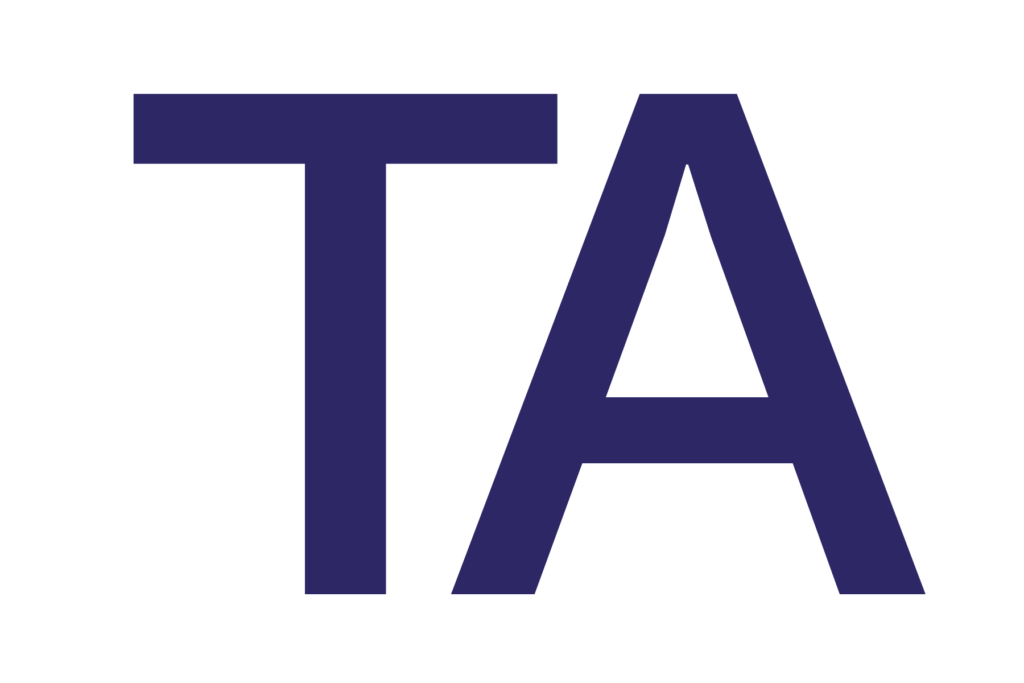
To promote knowledge and research on Transactional Analysis, to develop its theory, and to ensure agreed standards of practice

To promote cooperation in Europe in the field of Transactional Analysis

To connect the affiliated members of EATA through their national, regional, international or specialist TA Associations
EATA IN NUMBERS
EATA currently has 44 member associations with more than 7550 members in 28 european countries it has been necessary to develop our own definitions and handling of these processes to be able to address the needs of the members in Europe more directly.
EATA STRUCTURE
EATA has numerous Committees and Task Forces dedicated to providing the core functions of the organisation. EATA committee members are made up of council delegates who are elected or co-opted into their roles.
"WHAT IS
TA?
Transactional analysis (TA) is a theory of human personality, a theory of social behavior, and a comprehensive system of psychotherapy originated by Eric Berne, MD, (1910-1970), in the late 1950’s. Among the attractive features of TA is that it is applicable to situations as diverse as psychotherapy, counselling, educational, coaching, supervision, organisational development, consultation and management training.”
INTRODUCTORY COURSE (TA 101)
This is a course of at least twelve hours covering the basic concepts of TA and generally delivered as a combination of presentation of theoretical concepts, practical exercise, and discussion.
EATA TRAINING AND EXAMINATION HANDBOOK
This manual contains all the information regarding the requirements / rules / forms and guidelines related to TA training and TA examinations in all the four fields.
INTERNATIONAL TRAINERS LIST
Welcome to the international trainers list. Feel free to contact the members on the list if you are looking for TA training.
EXAMS
We support and organise exams for all levels of certification in Europe: CTA, CTA Trainer and TSTA.
CONFERENCES / EVENTS
Future events
RESEARCH
EATA has a Research Funding programme of awarding research grants.
Applicants need to have a research qualification (preferably a DPsych or Phd) or have research supervision by a researcher holding these qualifications.
DATABASE OF TA-RESEARCHERS
To support you in your communication and collaboration with scientific projects in TA we have created database of specialists who have an interest in TA theory development.



